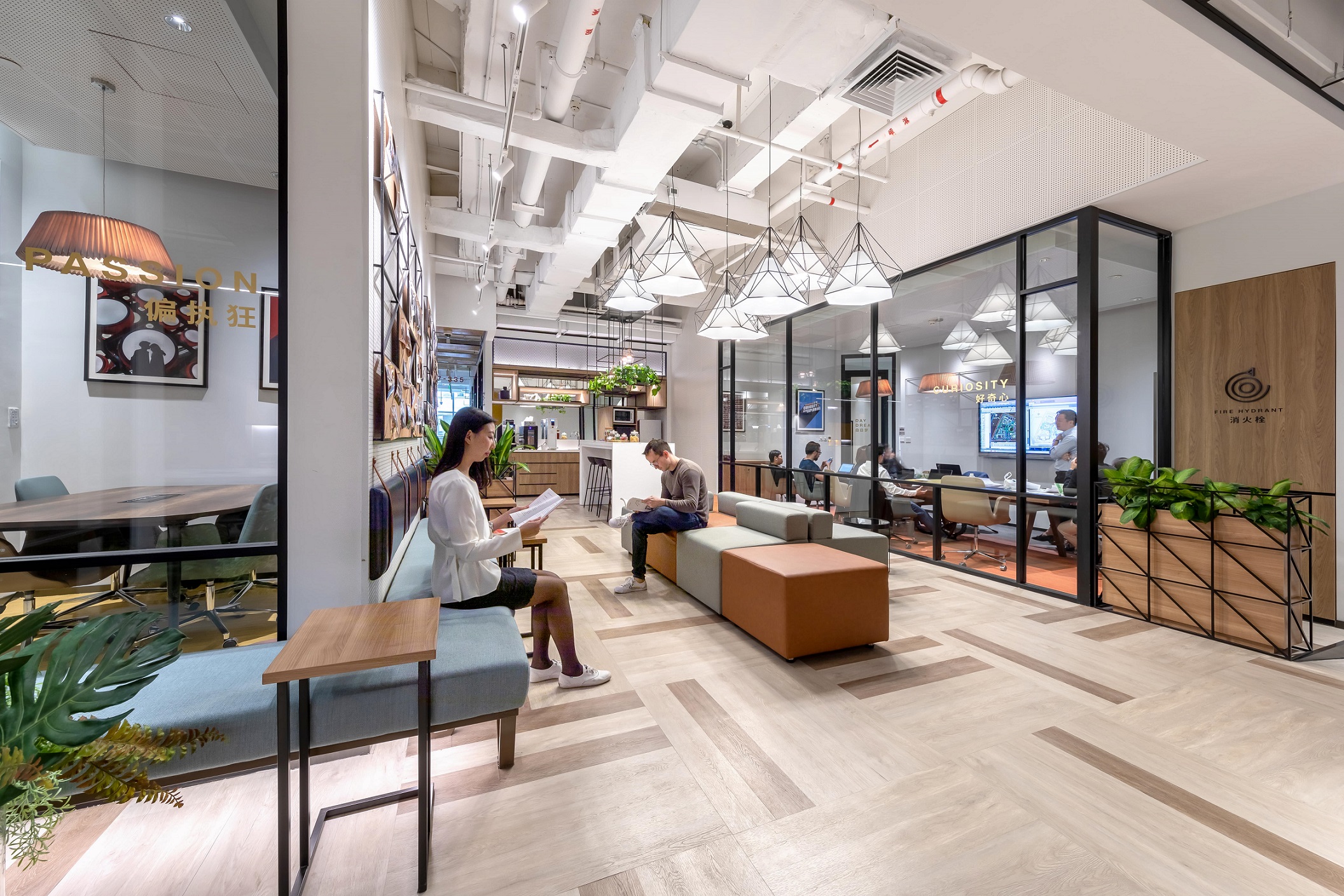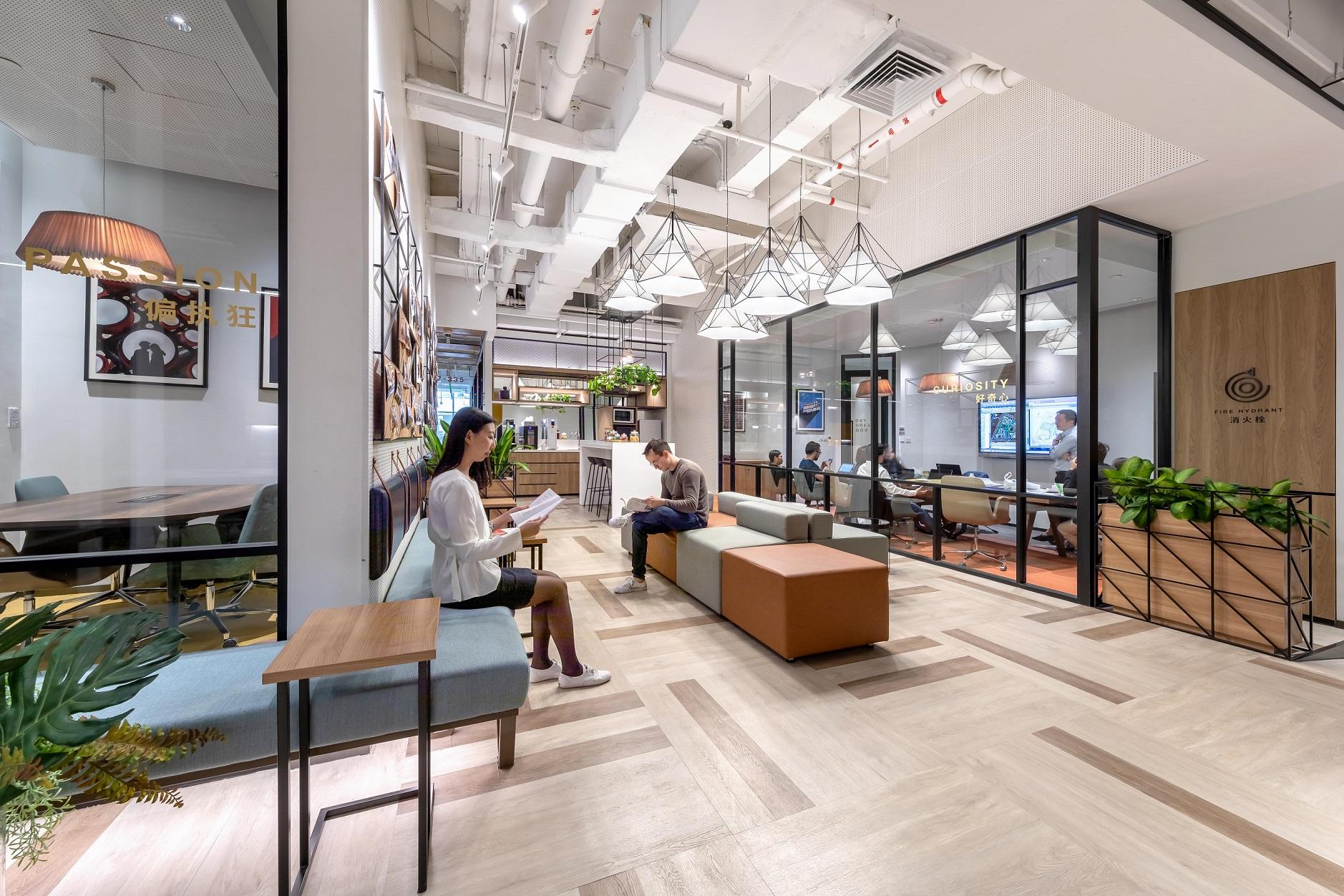Get smart: How the government and local businesses are building smarter urban centres in China
What is a smart city? A few decades back, it would have evoked images from the popular cartoon, The Jetsons — flying cars, teleportation pods, robots that take care of your every need.
The reality is a lot more subtle. Today, smart cities are those that make the best use of data and technology to offer improved efficiencies and a better quality of life to its citizens. Take Shanghai’s Jing’an District for example. Over 500,000 NB-IoT sensors have been installed in the district to monitor smoke emissions, gas levels, and various other environmental parameters. Some of these sensors operate below the city, silently monitoring underground tunnels and subterranean systems. Connected to a centralised platform, this data is constantly being used to make real-time changes for a healthier, more energy-efficient community.
In fact, today Shanghai ranks 11th among the top 20 most innovative cities in the world and is 19th in the Global Cities Index Rank. Given its technological prowess and connectivity, China is poised to pull ahead of other nations when it comes to developing smart cities. Let’s take a look at how governments and businesses are enabling this.
1.Sustainability
Till 2010, rapid expansion marked China’s urban growth. However, since 2011, the country has been shifting its focus to improving the quality of its urban hubs. Sustainability is an important factor in its bid to move towards a smarter future — and its projects and policies reflect this. The Transforming Shanghai: World Expo 2010 that was held in 2010 played an important role in kick-starting this change. After the event, many polluting factories and industrial complexes were relocated away from the city centre and the old buildings were converted into museums and community centres. The promenade area of the Expo itself was also redesigned as a sustainable and people-friendly hub for culture and tourism, featuring hanging gardens and lush, open courtyards. Another tangible example is the Better Buildings Challenge, under which Shanghai’s Changning District is aiming to cut down energy usage by 20% across its public and commercial buildings within 10 years.
This philosophy of human-centred design has been adopted by Shanghai-based businesses as well. Electric performance car brand Polestar has a LEED Gold certified office in Shanghai which features smart lighting systems. Fitted with motion sensors, they switch off automatically when the space is not being used, thereby optimising energy usage. This system also improves employee wellness — by adapting to the amount of natural light, it ensures that everyone enjoys the benefits of sunlight without being affected by the glare in overlit spaces.
2. Inclusivity and a focus on community
A smart city is one that focuses on its people. It makes space for self-expression, and aligns to their needs, no matter how diverse they may be. Technology can certainly help city planners in this regard. Think smart homes fitted with monitors that can keep a check on elderly or vulnerable citizens and alert healthcare professionals when they sense something wrong. Think beacon technology that helps visually impaired citizens find their way around. Many of these innovations are possible with the help of next-generation wireless technology.
By helping devices talk to each other, 5G can reduce commute time through smart transportation, make emergency response services faster, and even reducing electricity peaks and bring down energy costs. Some great examples are Chattanooga in India, which used smart grids to reduce power outages, and San Diego, which is saving an estimated $1.9 billion every year and improving public safety by deploying smart lighting systems in public spaces. The development of 5G technology in Shanghai is a step towards better resident experiences — how efficiently it is deployed and utilised remains to be seen.
Shanghai has recently been making an effort to write inclusivity into its growth and development plans. It is aiming to be more inclusive and welcoming to its LGBTQIA residents and expatriates. With accessible transport and public spaces, it is making urban living environments more suitable for ageing citizens. Shanghai’s Citizen Cloud is a cloud-based platform that makes healthcare, community services and government facilities more accessible to citizens through an app.

In many instances, community and togetherness are at the heart of corporate space design too. Take Bridge+ @Ascendas Innovation Place — with pantries, lounges, cafes and fitness zones, this collaborative workspace is meant to go beyond just work. It brings together people from different industries and walks of life, and gives them a space to enjoy a vibrant community ecosystem.
3.Innovation
China accounts for more than 60% of the 1.5 billion IoT-driven cellular connections in the world, which gives it a unique opportunity to deploy innovative technology on a wide scale. The corporate sector is playing a massive role in helping the nation in its smart initiative. Tech giants like Ping An, Alibaba, Tencent, and Huawei have come together to form PATH — an initiative where each company will put forward their individual strengths in AI, cloud computing, mobile payment, communications and networking to develop smart cities.
In fact, innovation is one area in which businesses have been leading the shift to a smart environment. Companies are already tapping into AI, IoT and cloud to design a more comfortable, collaborative and productive work environment for their employees. Today, you can walk into an office, be greeted by a digital concierge service and scanned through with facial recognition technology. Once inside, you can use a digital room booking system to locate an empty meeting room and reserve it in advance. Agile workspaces like the Polestar Shanghai office make optimum use of advanced technology. Employees also enjoy improved security and privacy, thanks to technology — the lockers in the office can only be opened through a keycode on their smartphones.
Sensors that operate on behavioural design are just a short step away from this. In the future, you might be able to step into a meeting room and have it automatically adjust to the temperature and lighting settings you used the last time. Innovative technology may even extend as far as to sense one’s mood and adjust accordingly. For instance — imagine sensors that record an increase in body temperature and heart rate when one is angry, and activate dim lights and soothing music in response.
These technological innovations are fast being adapted to operate on a larger scale in smart cities — think technology that lets you locate the nearest parking space, or biometric security systems that make your data accessible only to you. With these possibilities and more, we may not be too far from a Jetsons-inspired future after all.
With over 25 years of experience in real estate, design and construction industries, our Regional Managing Director, Cynthia Chan is responsible for business operations, strategic planning, project management, human resources, design technology, and client relationships for North Asia. Cynthia has received numerous awards for her work, including Outstanding Individuals in Industry 2009 and Landmark Project Achievement from RFP Magazine.






